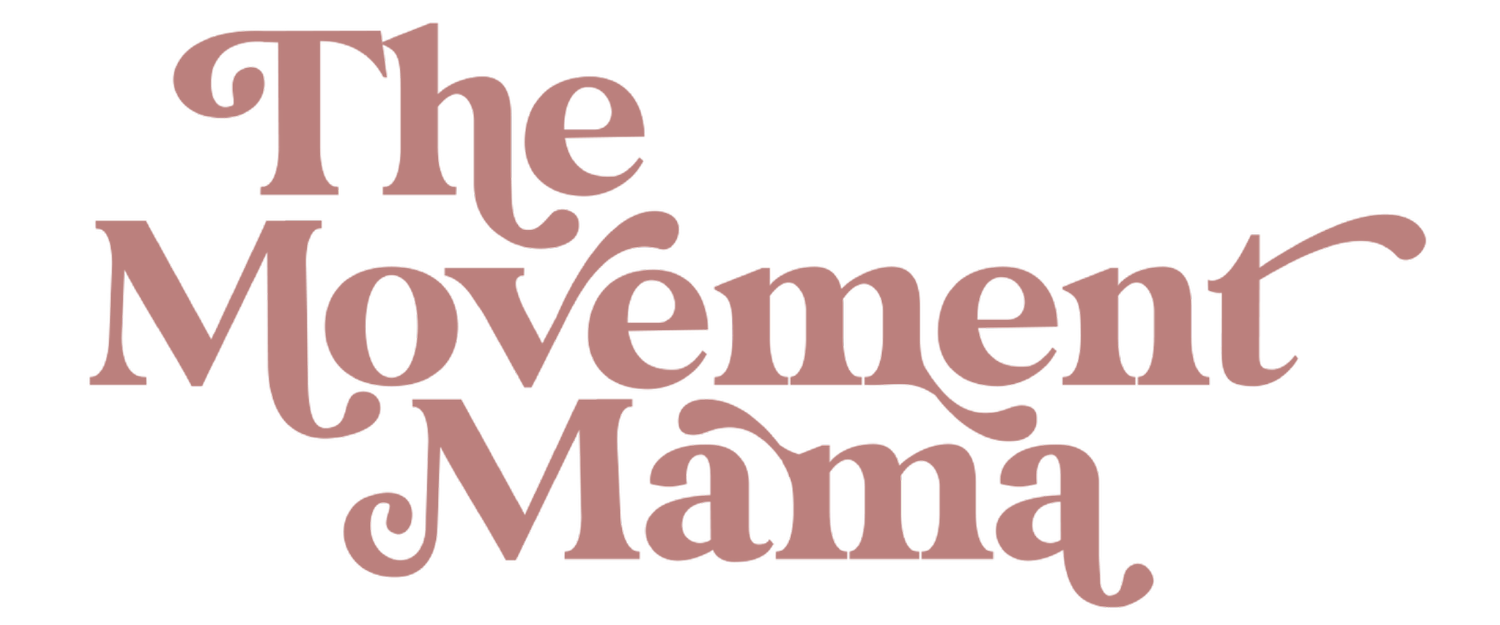Is Crawling Important?
So your second cousin twice removed never crawled and she's fine. Maybe your friend's baby bottom scooted and things seem to be going well. Or perhaps your neighbor poo poo's all your efforts toward crawling and tells you that her baby skipped crawling and went straight to walking and is "just fine". Whatever the story may be, people have a lot of opinions about crawling :) But unfortunately, that's all they are: opinions.
The research tells us time and time again that each milestone builds on one another, both increasing strength and mobility while also making crucial changes in the brain that allow further growth and development--and crawling is no exception. So maybe you know non-crawlers or were one yourself. But as therapists are digging deeper, we're finding residual effects from never attaining crawling as a baby.
But here's what I want you to remember: this can all feel really big when you're in the trenches of the first-year madness. It can feel like your baby will forever be messed up if they don't crawl and that is absolutely what I do NOT want you thinking. Some babies don't crawl! We want to do our best to try to get them to, setting the stage for them, and then it's their job to do the dang thing! And if they don't? Well, in another post I'll be walking you through ways to continue nurturing it through play into toddlerhood so they still reap many of the benefits they would have gotten previously.
So if you only take one thing away from this post let it be this: crawling is extremely important to development, but so are many other things. Don't let the journey to get there consume you. Know that either way your baby will be okay! In fact they will be great because they're loved by you!
Here are just a few of the reasons crawling is, in my professional opinion, *the* most crucial milestone of your baby's first year:
Builds crucial joint stability In the neck, hips, and shoulders responsible for forming strong and stable foundations for higher-level movements
This stability leads to Improved coordination and development of fine motor skills of the hand like throwing/catching and handwriting
Develops postural stability required for upright balance, protective reactions when falling or avoiding objects, and the ability to move the body with precision (think: sports!)
Strengthens and lengthens muscles related to talking, breathing, and eating
Integrates neurological reflexes (aka makes them disappear to allow for higher level functioning)
Symmetrical Tonic Neck Reflex: before this goes away, your baby will reflexively extend their arms and their legs will flex when the head is extended and vice versa. This aids in the achievement of crawling but if not properly integrated through crawling practice, can lead to difficulty with sitting posture, balance, hand-eye coordination, and copying information from a board in their classroom.
Asymmetrical Tonic Neck Reflex: before this reflex disappears, you might notice your babe extend one arm and flex the other when looking one direction on their back (fencing position). The legs do the same thing, with one extended and one flexed. The coolest part of this reflex is that it actually helps babe corkscrew down the birth canal! This is why in my clinical practice I have seen some C-section babes have a bit of. a harder time working through this. Crawling while turning their head to scan their environment helps this reflex disappear. If it doesn't, you might notice your child have difficulty with activities that cross the midline of their body, balancing while looking around (my own daughter would fall every time she looked sideways in walking until we were able to integrate hers)
Accelerates independence with mobility and transitional movements (sit to/from the floor, pull to stand, etc) aka they're able to get themselves where they want to be. This control aids in higher level skills like swimming, navigating playground equipment, climbing, etc.
Establishes a strong communication and coordination between the left and right sides of the brain that serves to develop bilateral coordination and the opposite arm/leg pattern utilized in walking and running.
Elongates muscles of the hand and forearm that aid in grasp and handwriting. Develops the arches of the hand that allow for grasping of varying sized objects (blocks, balls, utensils, legos, etc)
Strengthening and development of visual scanning, adjustment, tracking, focus, and beyond! These skills are required for reading, walking, driving, community safety, and sports-related activities)
This visual development also aids In Improvement in spatial awareness
Supports an improved "body map" which allows them to take in outside information and send out signals for the intended effect. For example, a strong body map would receive info that their right foot hit a patch of ice and send out signals to adjust their posture accordingly to prevent a fall
Are you convinced yet?!
Check out this LIVE chat with me (@themovementmama) a Pediatric PT + @totsontarget (An OT + PT duo)
For assistance with crawling, check out my courses here
